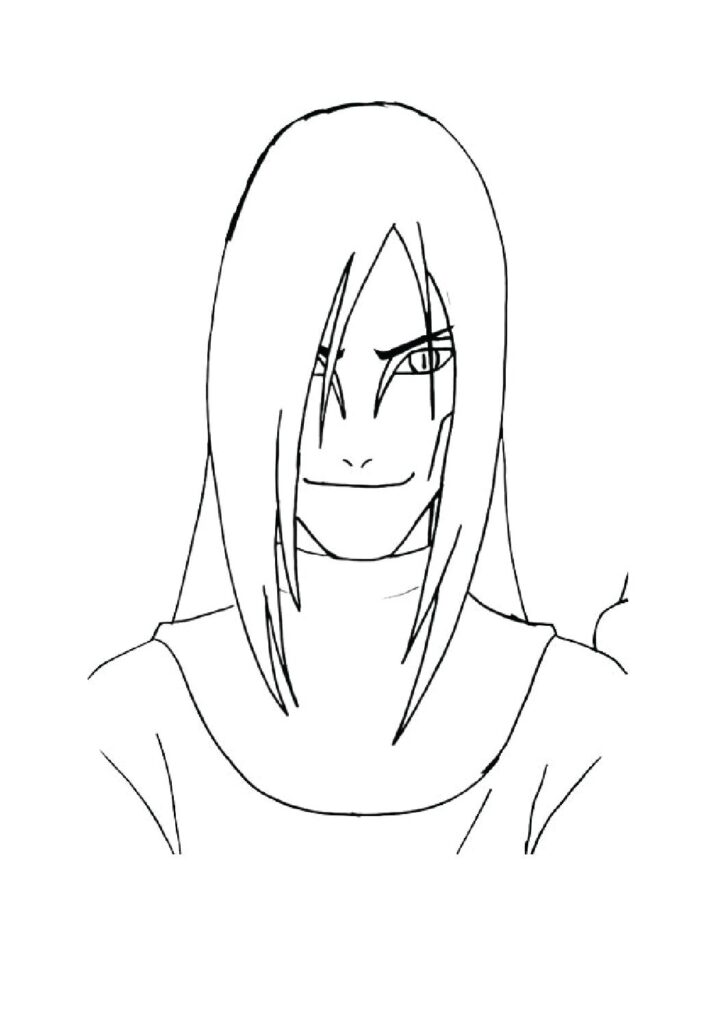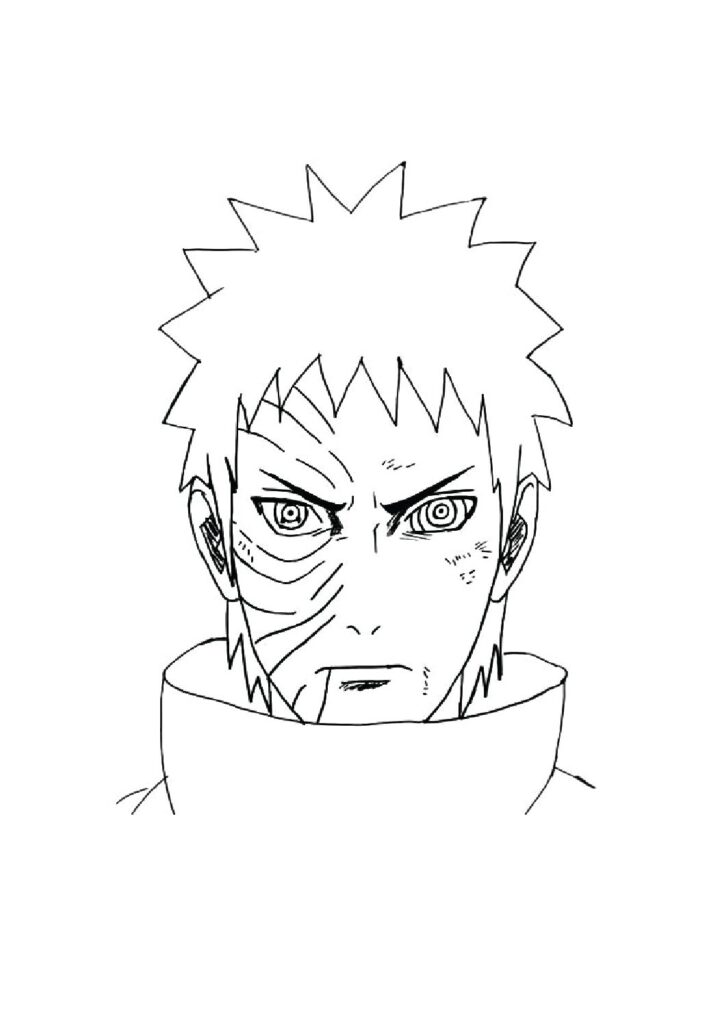Anime Coloring Pages

Leap into our free printable anime coloring pages featuring these dynamic and stylized characters in their expressive poses! Download high-quality sheets showcasing popular anime styles with distinctive large eyes, colorful hairstyles, and dramatic expressions displaying the unique artistic elements of Japanese animation. Perfect for kids and anime enthusiasts, these detailed illustrations capture the emotional nature of these remarkable characters known for their vibrant energy and compelling storytelling. Each printable sheet brings beloved animated heroes and heroines to life, highlighting their exaggerated features, action-packed scenes, and iconic artistic style!
Comprehensive Anime Facts: The Complete Guide to Japanese Animation
Introduction
Anime represents Japan’s distinctive animation tradition that has evolved into a global cultural phenomenon reaching far beyond its origins as simple children’s entertainment. This remarkable art form, characterized by its distinctive visual style, diverse storytelling approaches, and unique cultural elements, has grown from humble beginnings in early 20th century Japan to become a multi-billion-dollar global industry influencing everything from Hollywood blockbusters to contemporary art while building passionate fan communities across geographical and cultural boundaries.
Historical Development
Japanese animation traces its earliest roots to 1917 with simple animated shorts, though the foundation of modern anime emerged through pioneering animator Osamu Tezuka, often called the “God of Manga,” who revolutionized the industry in the 1960s. Tezuka introduced cinematic techniques, complex storytelling, and distinctive visual elements that defined the medium while establishing cost-effective production methods that enabled the creation of long-form animated series despite limited budgets, essentially creating the template modern anime still follows.
Global Expansion
Anime experienced dramatic international growth beginning in the 1990s through series like Dragon Ball, Sailor Moon, and Pokémon that introduced Western audiences to this distinctive art form. The early 2000s saw further acceleration through improved distribution channels, dedicated streaming platforms, and professional subtitling/dubbing, transforming anime from niche interest to mainstream entertainment. This expansion continues today with global streaming services investing heavily in exclusive anime content and international co-productions bridging Eastern and Western animation traditions.
Industry Scale
The anime industry represents a remarkable economic force generating approximately $24 billion annually through combined revenue streams including broadcast rights, merchandising, gaming adaptations, and tourism. Japan’s animation studios produce approximately 200 new series and films annually employing over 200,000 animators, with around 60% of global animation content originating from Japan. This productivity is particularly impressive considering most studios remain mid-sized operations compared to Western animation powerhouses, relying on specialized talent and efficient production pipelines.
Diverse Storytelling
Unlike Western animation historically targeted primarily toward children, anime encompasses remarkably diverse genres addressing all age groups and interests, from lighthearted comedies and children’s adventures to sophisticated psychological thrillers and philosophical science fiction. This genre diversity enables anime to explore complex themes including existentialism, environmental ethics, technological impacts, and personal identity while maintaining distinctive visual styles that differentiate Japanese animation from international counterparts through character design, cinematography, and artistic conventions.
Production Techniques
Anime developed distinctive visual language combining limited animation techniques (using fewer frames than Western animation) with cinematic storytelling approaches that maximize dramatic impact despite budget constraints. Traditional hand-drawn animation remains prominent despite digital tools, with typical television episodes involving thousands of individual drawings created by specialized teams focusing on different production aspects. This collaborative approach creates the medium’s characteristic look through distinct line work, distinctive eye designs, and expressive character movements that immediately identify animation as anime regardless of subject matter.
Cultural Influence
Anime’s global impact extends far beyond entertainment, influencing contemporary artists like Takashi Murakami, fashion designers including Issey Miyake, and filmmakers such as Darren Aronofsky and the Wachowskis whose work shows clear anime inspiration. The medium serves as a significant Japanese cultural ambassador, driving international tourism, language learning, and appreciation for Japanese aesthetics while creating economic opportunities through conventions, merchandise sales, and themed experiences that generate billions in revenue across global markets.

